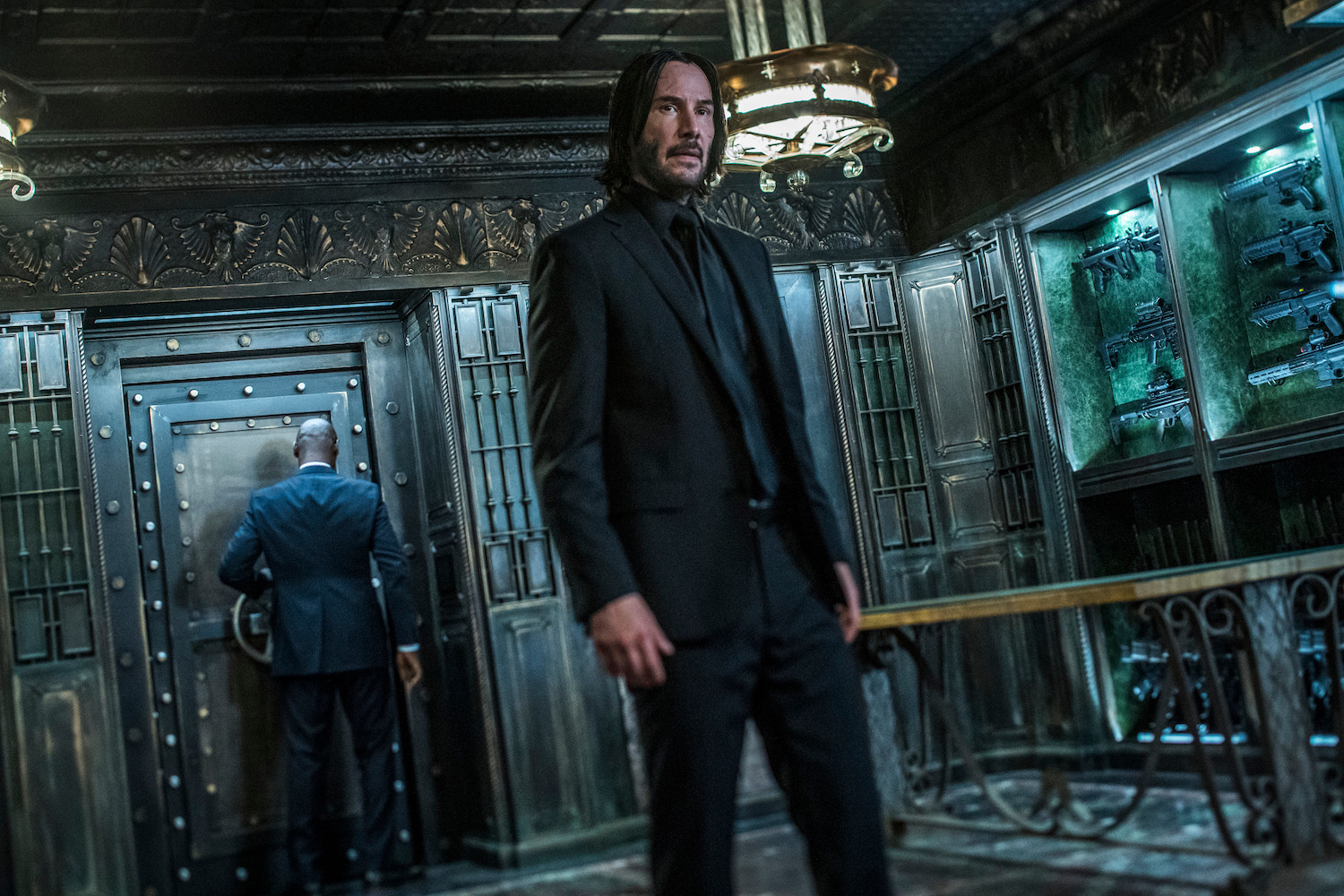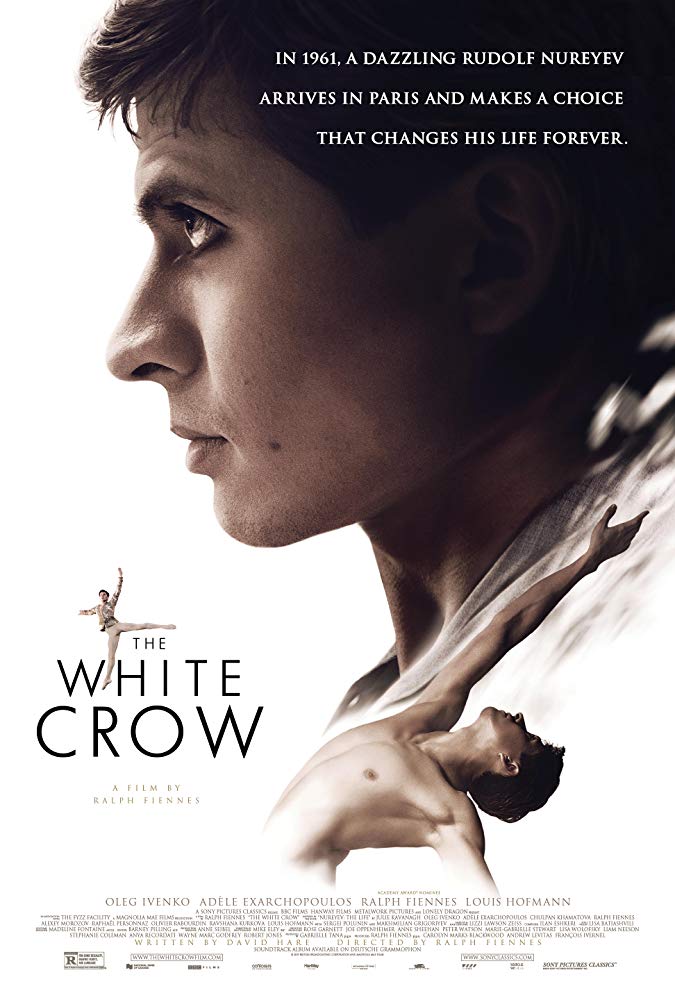4 Questions with Joe Berlinger, director of Netflix’s new Ted Bundy drama “Extremely Wicked, Shockingly Evil, and Vile”.
My Netflix queue has changed, recently, from independent films and arthouse classics to a combination of cake decorating shows and true crime documentaries. While I have no excuse for the cake decorating shows, I do enjoy a good holiday themed three-tier cake, true crime documentaries are fascinating shows to experience.
Director Joe Berlinger is one of the auteurs behind the true crime film boom. Berlinger is responsible for the superb “Paradise Lost” film series and the equally fascinating “Brother’s Keeper” documentary from 1992. The director has always pointed his lens and focus within the people involved in crime, behind their reasoning and decisions, and throughout the pathways that have led them to the present. It’s captivating work.
Mr. Burlinger’s latest documentary, “Conversations with a Killer: The Ted Bundy Tapes”, dropped on Netflix earlier this year and immediately became one of the most talked about new shows on the streaming service. And today Mr. Berlinger releases his first feature film that is not a documentary, “Extremely Wicked, Shockingly Evil, and Vile”. The film stars Zac Efron as Ted Bundy.
The Phoenix Film Festival had the opportunity to sit down with Joe Berlinger to ask him about his new film, the process behind turning true crime into a feature film, and understanding the characters behind these infamous crimes.
----------------------------------------------------
Phoenix Film Festival (PFF): Was it your intent from the start to do both the documentary and the feature? Did they inspire one another or contribute towards the development of ideas?
Joe Berlinger: I wish I could say that there was some master plan and that I’m this amazing stratetician like, “Oh, I’m going to do both of these shows that come out at the same time. Isn’t that great?”. But, honestly it was a lot of coincidence. In January of 2017 a guy named Stephen Michaud, who wrote this book two decades before called “Conversations with a Killer”, recorded all these death row interviews with Bundy. He used that as the basis of this book, he reached out to me in January of 2017 because he was a fan of my work. He said, “I have these tapes that I based the book on that have been sitting in my closet. Do you think there’s something there? Because there seems to be more and more interest in this kind of programming”. I said, “Well, there’s been a lot of stuff done on Bundy. So, let me take a listen and I’ll tell you what I think”. The bar has to be high because there has been other Bundy stuff. So, I got the tapes, immediately was captivated by them because just hearing from him, going inside the mind of the killer, I thought was just a fascinating way to tell the story. I knew the 30th anniversary was coming up and it just seemed like a good time to reflect back.
PFF: After doing the documentary, was there any pressure or desire to take liberties with the facts and situations while doing the feature film?
Joe Berlinger: I wouldn’t say pressure, but the nature of narrative filmmaking is that you have to compress time on film. That the unfolding of time is not the same as in real life and you do have to take certain liberties. But I’m very proud of the film, and that it actually hues very closely to real life. But you have to think of the three-act structure, you have to make it entertaining for an audience.
Truthfully, probably the biggest issue I struggled with is in the memoir that this is based, there are a few times in the memoir where she (reference to Lily Collin’s character Liz Kendall in the film) talks about having found things that made her think twice. Like she found the knife in the glove box of his car, they kept separate apartments even though they lived together and, in his apartment, she found the bowl of keys. Why did he have so many house keys? But these are isolated events that take place over a seven- or eight-year period. It’s like if you’re living with a cheating spouse or an alcoholic spouse or a drug-addicted spouse and they claim to be on the wagon or they claim to not be cheating, you have an ability to kind of push that aside over a period of time and it’s only when it reaches a critical mass in real life, that when you have an experience like this, then all the clues come together and you’re like, “Oh right. I should’ve realized this all along”.
That was the biggest issue I had to leave out of her memoir because time is different in a narrative film then it is in real life.
PFF: You have two great performances from Zac Effron and Lily Collins. What was the process for bringing these two actors into such an infamous story? How did you prepare them for the roles?
Joe Berlinger: Everyone working on this movie thought we were doing something special. Every cast member was my first choice, which never happens. Everyone felt like there was something special here, so despite the dark subject matter there was a great camaraderie. Zac and Lily, in particular, worked really hard. These were not easy roles for either of them, both of them are going outside of their comfort zone of what they have normally done in the past.
I did a couple of different things. With Zac, I gave him a lot of archival and proprietary footage to look at, footage from the documentary that’s not available online. But Lily, I did not want her to see anything. At first, she was like, “where is my footage to look at?” I told her, “I don’t want to see at anything, don’t look on the internet, don’t learn about Ted Bundy”. In fact, the first time she actually saw any graphic imagery was right before we shot something graphic for the film. That’s when I pulled her aside and said “look, this is what this guy did”. She was able to use that.
More importantly, to me, the whole film rests upon you believing in their relationship despite what Ted Bundy did. I believe that there is one spectrum of human behavior. We want to think that serial killers, who are committing terrible crimes and displaying abhorrent behaviors, I’m not trying to lighten that, what they did is terrible…but there is one spectrum of compartmentalization of evil that we all exist on, and we all compartmentalize and do bad things in varying degrees. Most of us here, I would hope, our compartmentalization is a little lie here or a little thing here and then we just move on.
I believe Bundy actually was capable of love, which is a controversial comment, but I think he needed and craved normalcy but he compartmentalized this terrible evil that he did. So, for me, the relationship being real is the crux of the movie. Some people have criticized, “where is the violence in this film, you are glossing over his evil”. To me, the catalog of killings in a serial killer movie has been done to death. Why do I need to populate a movie with that? What I am portraying is the seduction of evil and how you can be fooled. So, the key to that is the relationship being real. This love is real between the two of them, and that connection needs to burn off the screen. That was the thing I worked on the most. Not because I’m glamorizing a serial killer or glossing over the violence, just the opposite. I want to portray how someone who is intelligent, who had a child, who had her whole life in front of her, was able to be seduced by a guy who presents to be one thing but turns out to be another.
PFF: It feels like there is a sense of satire within the film, specifically in the way Bundy’s charm was shown in the media. Was that your intent?
Joe Berlinger: To call a movie a satire would be an overstatement. But there are satirical elements to it because I am definitely making a comment on how the media helped to contribute and create this monster and how there were so many opportunities to catch this guy. It is being somewhat satirical. For example, the title of the movie is “Extremely Wicked, Shockingly Evil and Vile”. It’s an absurd title. But if you notice the movie doesn’t begin with that title, it ends with that title because by the time those words are pronounced, the gravity of it is felt. And yet, when I think people see this, see the poster or see the trailer and go into a movie called “Extremely Wicked, Shockingly Evil and Vile” they think they’re going to have kind of a good time. For me, the truth, just like the title of the movie and its meaning is right in front of you. By the end of the movie, when the title is spoken, it takes on a whole other meaning. To me, the question of everybody’s culpability in allowing Bundy to flourish is what would be commented on. And so, there are moments when there is some satire because I’m trying to let people know that the truth is often right in front of you. It’s kind of a warning, because especially in today’s day and age, where we live in these curated worlds of Instagram and Facebook and we all pretend to be something that isn’t the actual essence of our life. There is a danger that people could take that to a much greater degree and be dangerous to society.
_______________________________
You can watch Mr. Berlinger’s new film today, May 3rd, on Netflix.



























































